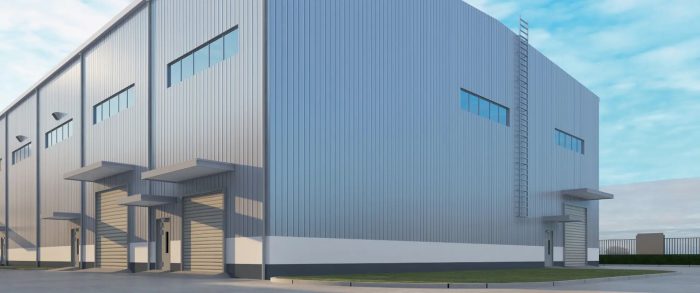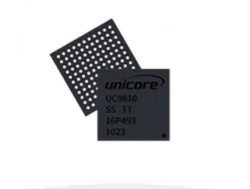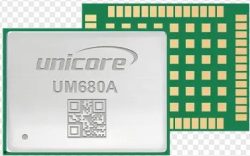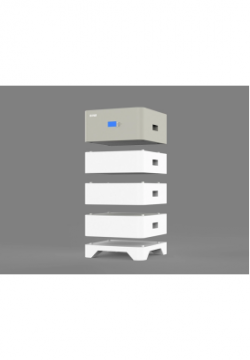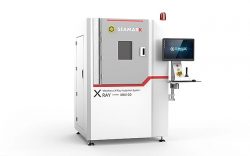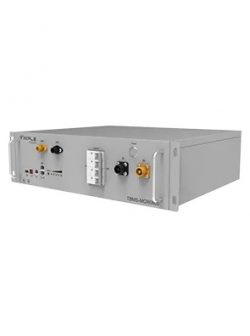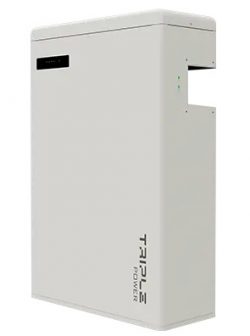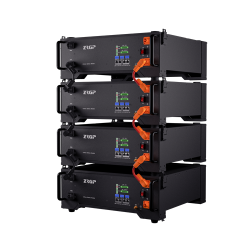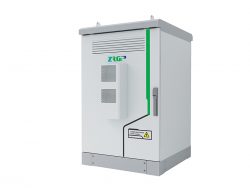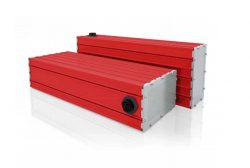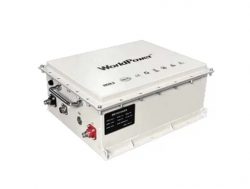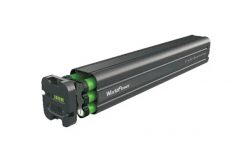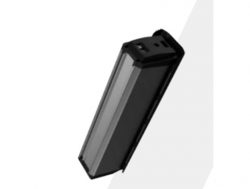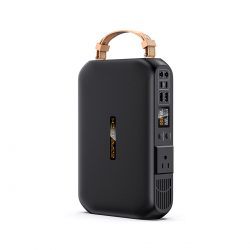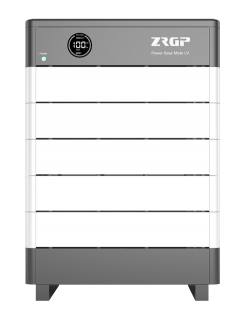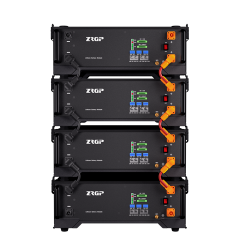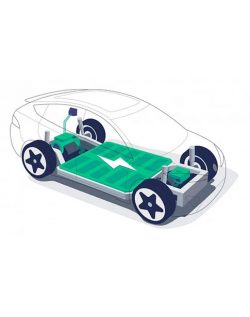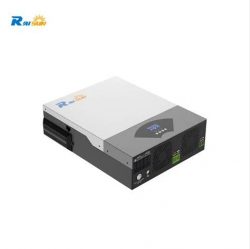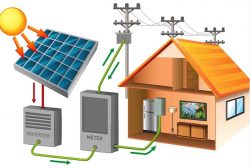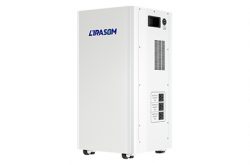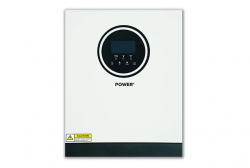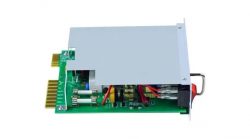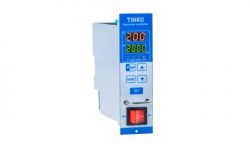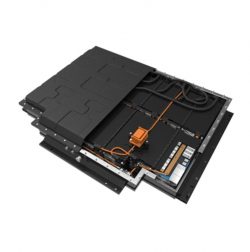Battery Module Pack
Battery Module Pack
Multi-application LFP battery module packs offer a compelling value proposition with their sleek and compact design, user-friendly operation, and robust performance. These versatile power solutions find applications in lucrative markets such as home energy storage, photovoltaic energy storage base stations, and indoor/outdoor base stations. These battery cell pack module pack solutions ensure uninterrupted power supply, enhancing operational efficiency and reducing downtime in critical sectors. With a focus on sustainability and cost-effectiveness, these battery cell pack module align perfectly with the growing demand for eco-friendly and economically viable energy solutions across diverse industries.
Advantages of FPR NEW ENERGY Battery Module Pack
High-performance BMS
Battery cell module pack with advanced SOC algorithms to make capacity calculations more accurate.
Real-time Management
Real-time control of cell module pack for optimal performance and safety.
LFP Technology for Enhanced Safety and Durability
LFP cell module pack tech boosts safety and longevity, providing a reliable power source for diverse applications.
FPR 48100S
The FPR48100S is a compact and lightweight 48v lithium battery pack for phosphate communication. This battery cell module pack is easy to manage and maintain, user-friendly, energy-efficient, and environmentally friendly. The 48v 100ah lithium ion battery is used in various industries such as home energy storage, photovoltaic energy storage, and base stations for different purposes.
The Use of Battery Modules in Grid-Scale Energy Storage Systems
Grid-scale energy storage systems play a pivotal role in modernizing and stabilizing power grids, enabling efficient integration of renewable energy sources. Among the diverse technologies employed in these systems, battery cell modules stand out as crucial components, offering flexibility, rapid response times, and scalability. These modular units are instrumental in addressing the intermittent nature of renewable energy generation and contribute to grid reliability by storing excess energy during periods of high production for use during peak demand or low production periods.
Battery pack modules within grid scale energy storage systems typically consist of interconnected cells, commonly 48v 100ah lithium ion battery due to its high energy density and longevity. Battery module cells are organized into modules, which, in turn, are assembled into larger battery packs. This modular design allows for easier maintenance, replacement, and scalability, ensuring adaptability to the evolving energy landscape
The primary function of battery pack modules in grid-scale energy storage is twofold: charging and discharging. During periods of surplus renewable energy production, such as sunny days with intense solar irradiance or windy periods, the excess electricity is stored in the battery modules. Conversely, during times of high energy demand or when renewable sources are not generating electricity, the stored energy is discharged into the grid to meet the power requirements. This dynamic charging and discharging capability helps balance the grid, smooth out fluctuations, and enhance overall stability.
Moreover, the use of battery cell modules contributes to the integration of energy storage with advanced grid management systems. Intelligent control algorithms monitor grid conditions in real-time, allowing for precise and swift adjustments to the flow of electricity. This capability is especially crucial for supporting grid reliability, managing peak demand, and providing ancillary services, such as frequency regulation and voltage control.
As advancements in battery technology continue to unfold, including innovations in materials and chemistries, the efficiency, affordability, and environmental sustainability of grid-scale energy storage systems are expected to further improve. Battery modules, with their modular design and technological prowess, are poised to remain key players in ushering in a more resilient, sustainable, and responsive energy infrastructure for the future.
